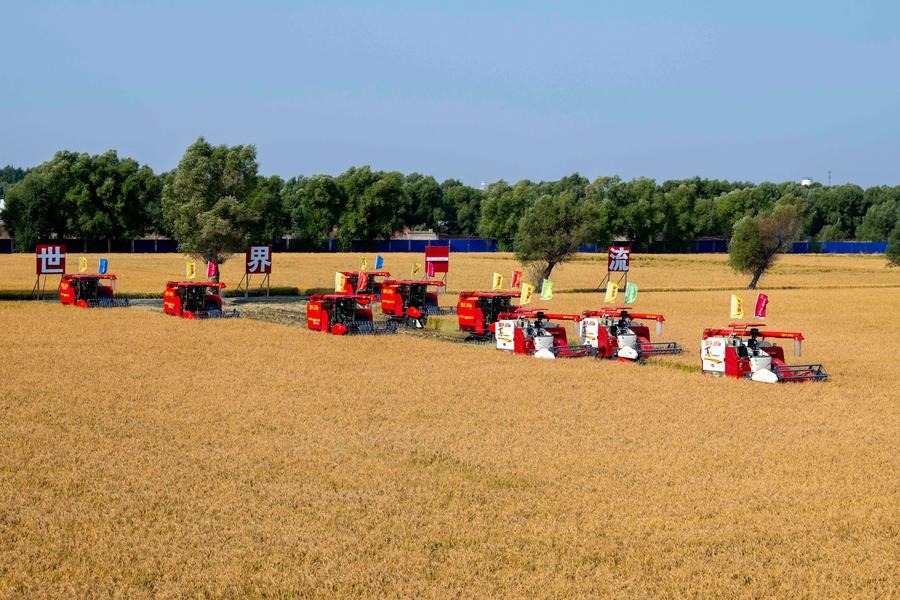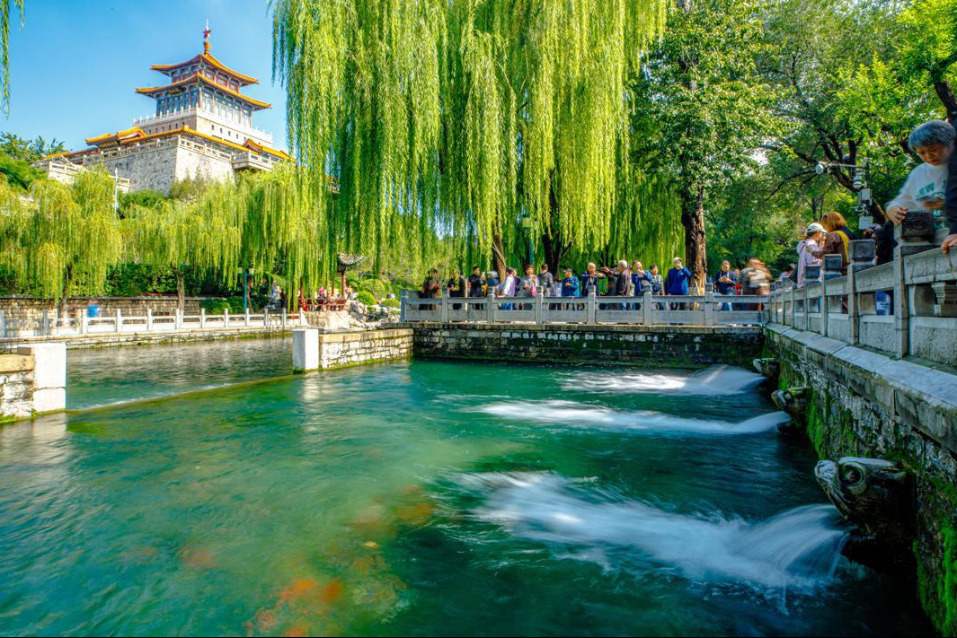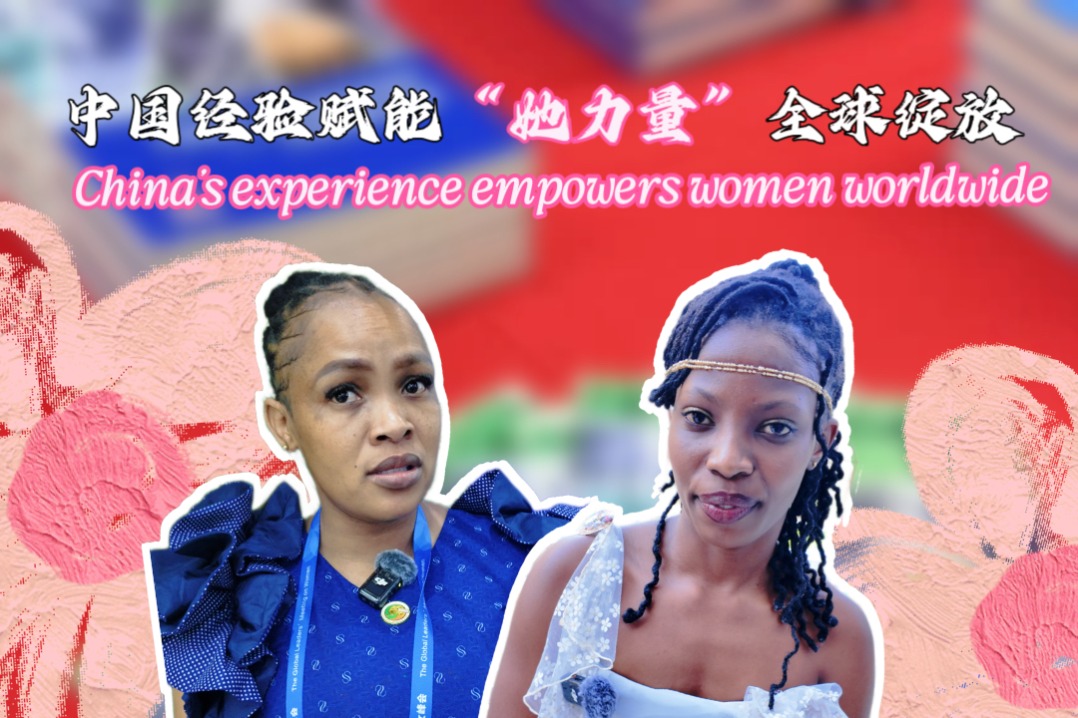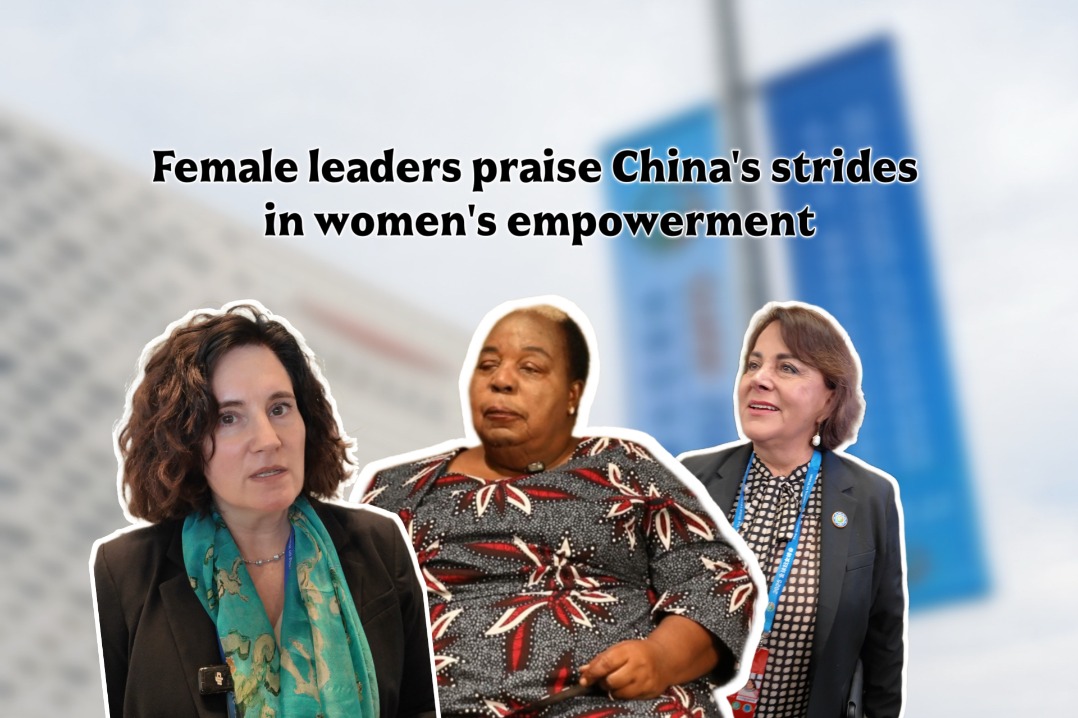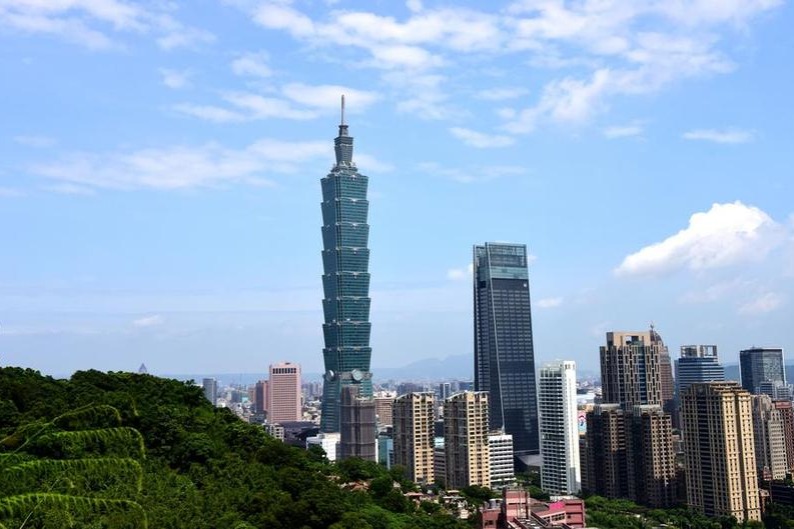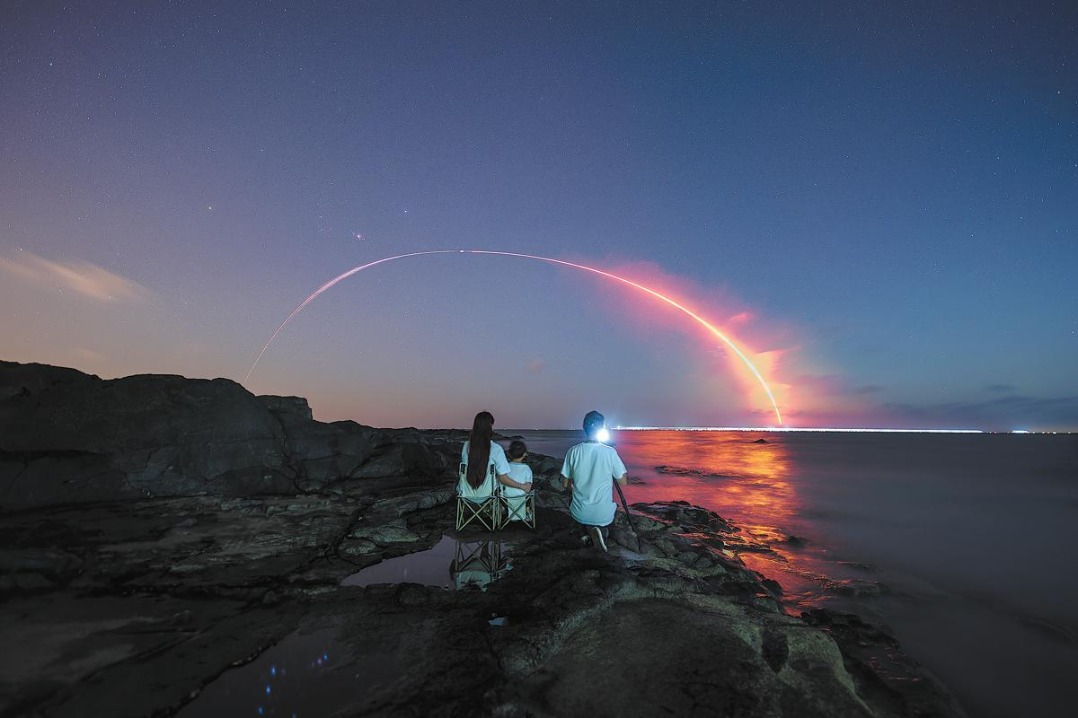Telling the story of nation’s past, present and future

The Hong Kong Palace Museum is putting the finishing touches on next year's planned opening of the facility, which aims to bridge Chinese culture and world civilizations. Luo Weiteng reports from Hong Kong.

Backed by the motherland, rooted in Hong Kong and imbued with a global vision of showcasing the national treasures from Beijing's Forbidden City, the landmark Hong Kong Palace Museum will take the Hong Hong Special Administrative Region a step closer to the lofty goal of forging a dialogue between Chinese culture and global civilizations, said Louis Ng Chi-wa, the museum's director.
Construction work on the long-awaited museum proceeded at a steady pace despite a crisis of confidence from the triple whammy of geopolitical storms, social unrest and the coronavirus pandemic. It will be a fitting tribute to the 25th anniversary of the handover when the museum opens in mid-2022.
Hailed as the first mega project named after the Palace Museum in the nation's capital, Beijing, the Hong Kong Palace Museum represents the living embodiment of, and a milestone in the deepening cultural ties between the HKSAR and the Chinese mainland, Ng told China Daily in an interview.
Fostering closer ties
The HK$3.5 billion (US$451 million) collaborative project got off the ground in 2017 when President Xi Jinping attended the signing ceremony between the HKSAR government and Beijing's Palace Museum during his three-day visit to Hong Kong to mark the 20th anniversary of the city's reunification with the motherland.
Its construction started in May 2019 at the western tip of the West Kowloon Cultural District. The 40-hectare West Kowloon Cultural District, on the Victoria Harbor waterfront, was created to help the city realize its dream of being a cultural magnet and an international arts destination.
Workers are expected to put the finishing touches on the project later this year, with interior renovation due to be completed by March and April 2022.
The countdown to the museum's planned opening in July 2022 has begun, with some 880 artifacts borrowed from the Palace Museum in Beijing set to go on display at the opening exhibitions. It will be the largest number of exhibits on loan from the national Palace Museum anywhere outside the mainland.
Integration and collaboration are the names of the game, Ng said. The superstructure has all the elements required to turn the Guangdong-Hong Kong-Macao Greater Bay Area into an exchange hub for culture where East meets West, as well as a world-class tourism destination.
The target, jointly promulgated in December by the Ministry of Culture and Tourism, the Office of the Leading Group for the Development of the Guangdong-Hong Kong-Macao Greater Bay Area and the People's Government of Guangdong Province, also aims to cement Hong Kong's unique status as a global cultural metropolis and tourism hub.
Ng said Hong Kong has made big strides over the years in nurturing ties with cities in the Greater Bay Area in the trade, finance and legal sectors. "The time is now ripe to extend collaboration to developing art and culture," he said.
Hong Kong, in fact, has harnessed the Greater Bay Area's finest minds and impeccable strengths to foster the region's culture and create a globally competitive cluster of metropolises.
Such collaboration, including annual cultural cooperation meetings held over the past two decades and the training of cultural professionals for museums, makes Hong Kong a bigger part of the nation's "dual circulation" strategy — an economic development pattern that takes domestic development as the mainstay, with domestic and overseas development reinforcing each other.
Besides its role as a super connector and a world-renowned financial pivot, Hong Kong boasts impeccable strengths in art and culture, as highlighted in the 14th Five-Year Plan (2021-25), which projects the nation's vision for social and economic development over the next half-decade.
The grand national economic and social development plan pledges unwavering support for developing Hong Kong into an exchange center for art and culture between the mainland and the world.
As China strives to tell its story to a global audience in a more dynamic, straightforward and understandable way, Ng said he believes the Hong Kong Palace Museum has a bigger part to play in the process.
"Equipped with a dynamic team of curators known for their diverse backgrounds and areas of expertise, the Hong Kong Palace Museum knows how to use the right language to tell the compelling story of the nation's time-honored art and culture," he said. "Such interpretation, from a cross-disciplinary or interdisciplinary perspective, can help eliminate misunderstandings and misperceptions of China and Chinese culture."
The aim is also in line with the museum's aspiration to be one of the world's leading cultural institutions, "committed to the study and appreciation of Chinese art and culture, while advancing dialogue among world civilizations through international partnerships", Ng said.
While the coronavirus pandemic has battered cities across the globe and bred discrimination and prejudice, the museum is on a mission to promote inclusiveness, resilience and engagement in a more profound way.
More than just a museum
Ng said the museum has yet to come up with a realistic set of admission fees, as he would not like to see the underprivileged or marginalized being deprived of the chance to visit the museum. "I firmly believe the Hong Kong Palace Museum should serve as a link between ordinary people, art and culture."
Beijing's Palace Museum has been at the forefront of the nationwide guochao trend — the rise of homegrown brands that weave Chinese cultural elements into their design or branding. By developing its own branded products, the capital's Palace Museum has essentially turned one of the world's most visited museums into a trendy consumer brand and a modern fashion phenomenon.
The Hong Kong Palace Museum would certainly have a similar merchandise plan in place, said Ng. While sourcing some cultural products from Beijing's Palace Museum, it will work with designers, international partner museums and licensed brands to produce high-quality products inspired by the exhibits. With the expansion of online retail amid the pandemic, the museum will also focus on e-commerce to reach out to a broader consumer base as part of its "go global" vision.
At the heart of the guochao trend is the growing cultural confidence and national identity among the mainland youngsters. In Hong Kong, however, Chinese history has taken a back seat and been incorporated into liberal studies since the handover. The local education system, with scant attention being paid to Chinese history, has been criticized as a failure and been mainly responsible for today's youth problems.
"The Hong Kong Palace Museum is well-placed to be an integral part of the ongoing curriculum reform," Ng stressed.
Having met more than 140 schoolmasters recently, he found that the pressing issue facing the local education community is a lack of resources. The Hong Kong Palace Museum could provide a wealth of teaching materials, especially digital ones. These materials would not only let teachers and students actively engage in the study and appreciation of Chinese heritage but also help them cultivate their cultural consciousness and foster a cultural identity.
The museum director is also trying to borrow artifacts from local collectors to give young people a closer look at the real objects in classes. Much work will be done by the school team set up by the educational department of Hong Kong Palace Museum, as highlighted in the museum's own "Five-Year Plan".
As one of the SAR's iconic projects, he said the Hong Kong Palace Museum will not only have a zestful role to play in presenting the story of the nation's past, present and future, but also work for a more-inclusive and engaged city by making a fresh start in tumultuous times.
- China improves regulations on personal information outbound transfer
- Generative AI users in China reach 515 million by June 2025, report says
- China Focus: China achieves numerous breakthroughs in space exploration quest
- Rediscovering the magnetism of Yan'an for China's youth
- What they say
- China's push toward green future praised
















